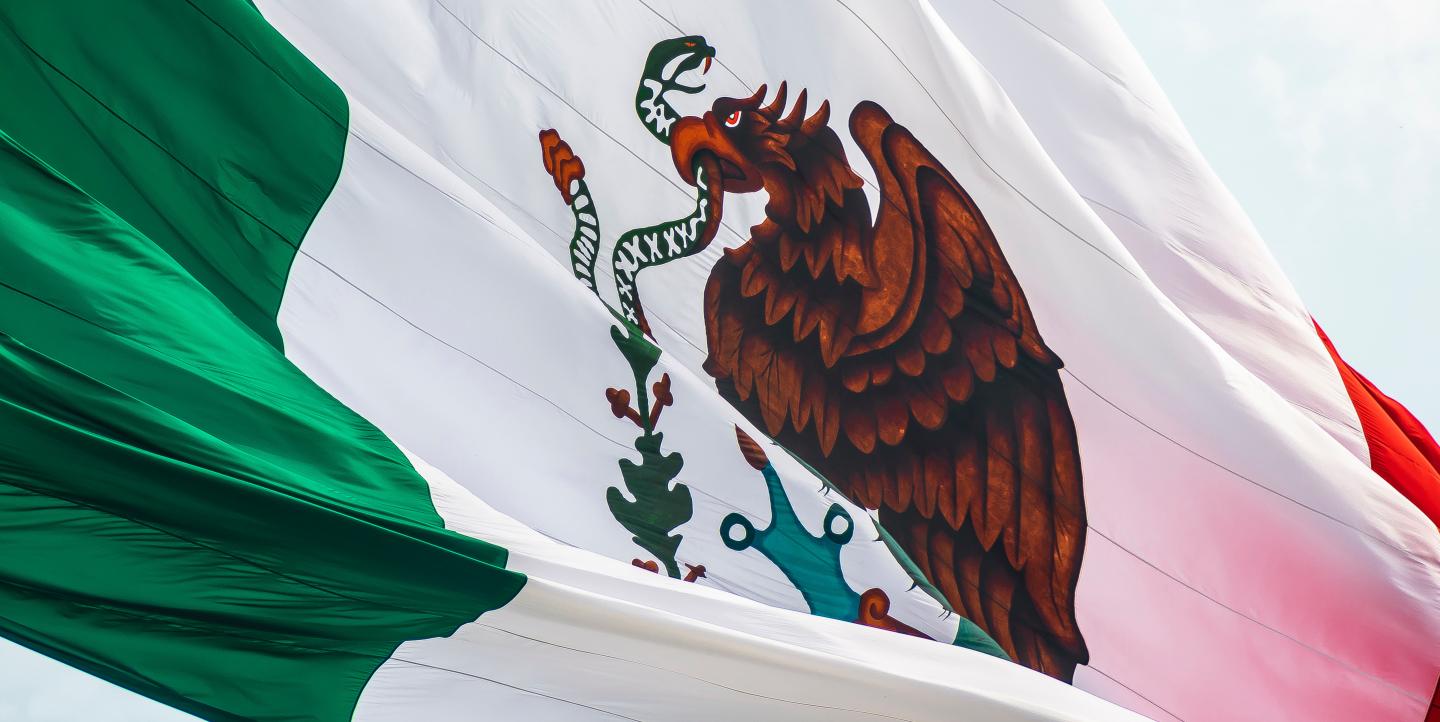In a country like Mexico — which Reporters without Borders considers one of the most dangerous countries for media — journalists face corruption and impunity nearly everywhere they turn, from misused public funding on large-scale social projects to a broken justice system that limits the ability for crimes to be investigated.
Today, many in the country are working to address these challenges. This includes journalists, who dedicate their work to keeping the public informed. To more effectively combat these issues, however, they may need to tap into their civil society peers, who utilize different approaches and networks to address the same problems.
This is the mission of the Border Hub, a USAID-funded project run by the International Center for Journalists, in partnership with the Border Center for Journalists and Bloggers and Iniciativa Sinaloa.
The program organized panels in three U.S.-Mexico border cities — Tijuana, Juarez and Saltillo — to discuss partnership models for journalists and civil society organizations (CSOs). Here are some tips from the panelists on how best to work together to demand accountability:
1. Find commonalities
Though journalists and human rights activists play different roles in society, their overall goals often intersect. Rocio Gallegos, President of the Journalists Network in Juarez, noted that both journalists and CSOs aim to act as counterbalances to power, and can thus serve complementary roles in this pursuit.
“Journalism can create change, but there are conditions in which journalism needs some assistance,” Gallegos said.
Jorge Luis Sierra, President of the Border Center for Journalists and Bloggers, added that a reporter can write an article about a public official violating a law, which a civil society activist can turn into a formal legal complaint. Working together this way, journalists and CSOs can help solve issues they might not otherwise be able to address singlehandedly.
2. Data is key
Luis Fernandez, Executive Director of the community organizing platform, Nosotrxs.org, defines impunity as an action that doesn’t have a consequence. He argues therefore, that impunity needs to be fought by creating social, legal or administrative consequences.
To create these consequences, both CSOs and journalists must know the scale and extent of the problem — as well as concrete information to back up their claims and suspicions. Collecting this data, however, is both difficult and time intensive. To reduce the burden, journalists and CSOs can again combine forces to gather data and share the information they find.
3. Engage the population
To effect change, journalists and CSOs should work together on topics that encourage citizens to get involved and push for more transparency and accountability — this approach can lead to concrete results.
Nosotrxs.org, through their community organizing project aimed at identifying health clinics and areas with healthcare shortages, for example, was able to create a database that documented almost 350 such shortages. CSOs and journalists have, in turn, been using the collected information to demonstrate deficiencies to local lawmakers in a more systematized manner.
Elsewhere, a local CSO, Plan Estratégico de Juárez, created a platform called “Where is your money going?” which identified companies that held government contracts. By providing the information on these public works contracts, neighborhood committees were, in turn, able to use this information to hold their local representatives accountable.
4. Learn the systems in place
As part of the Border Hub project, Silber Meza, Executive Director of Iniciativa Sinaloa, a hybrid organization of journalists and CSO activists, is training journalists on how to use Mexico’s newly created Anti-Corruption System. The system, which was signed into law in 2016 as part of a complex national reform package, is overwhelmingly bureaucratic. However, it also includes community and citizen engagement components, which have enormous potential.
For the Anti-Corruption System to work, it requires information that both journalists and CSOs can provide without deviating from their objectives — once again demonstrating the power of collaboration between the two.
Main image CC-licensed by Unsplash via Jorge Aguilar.

